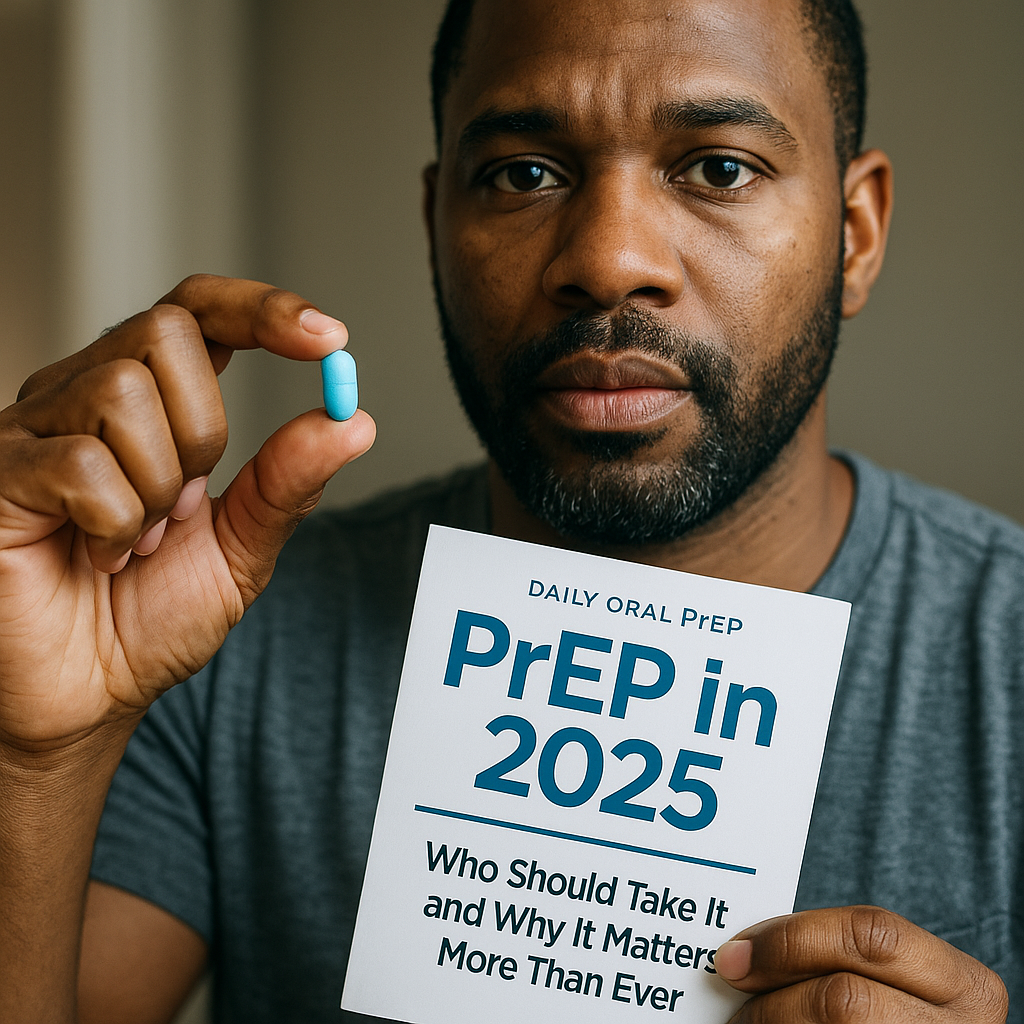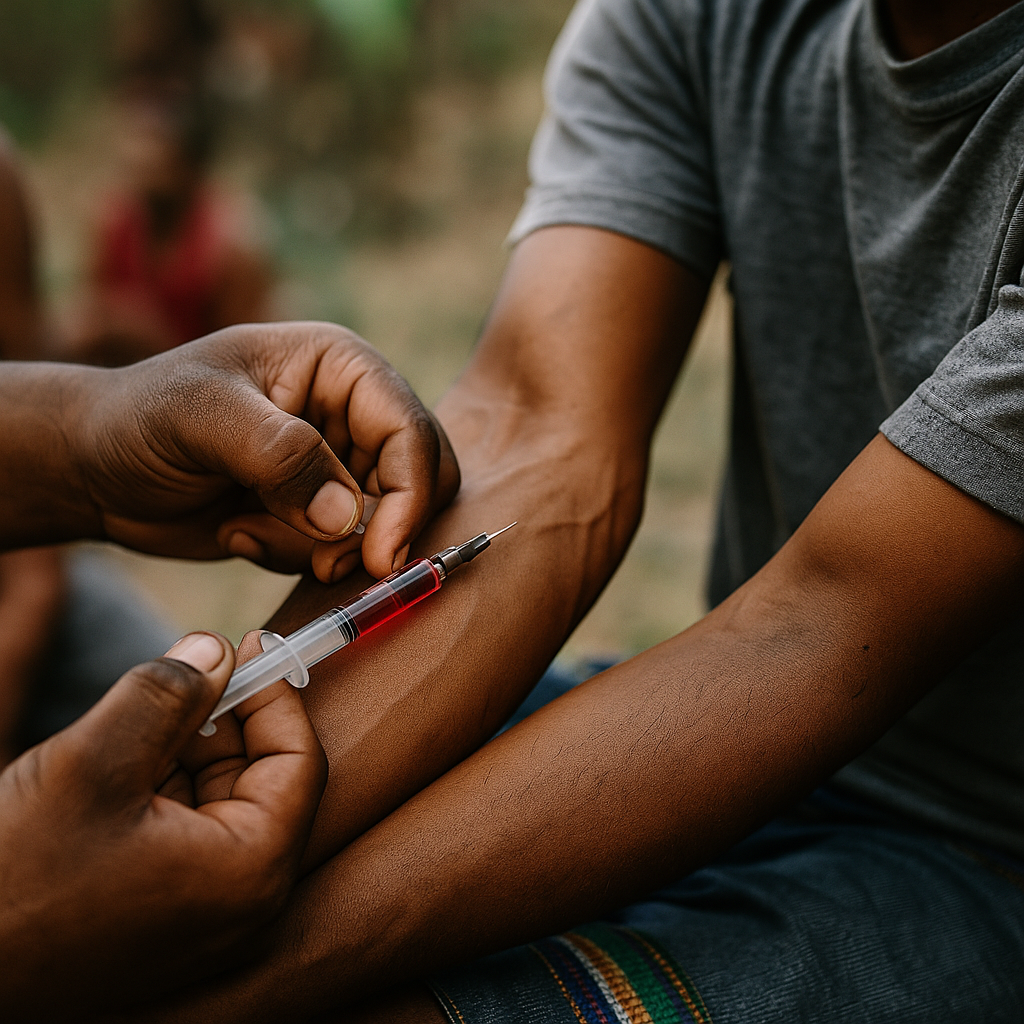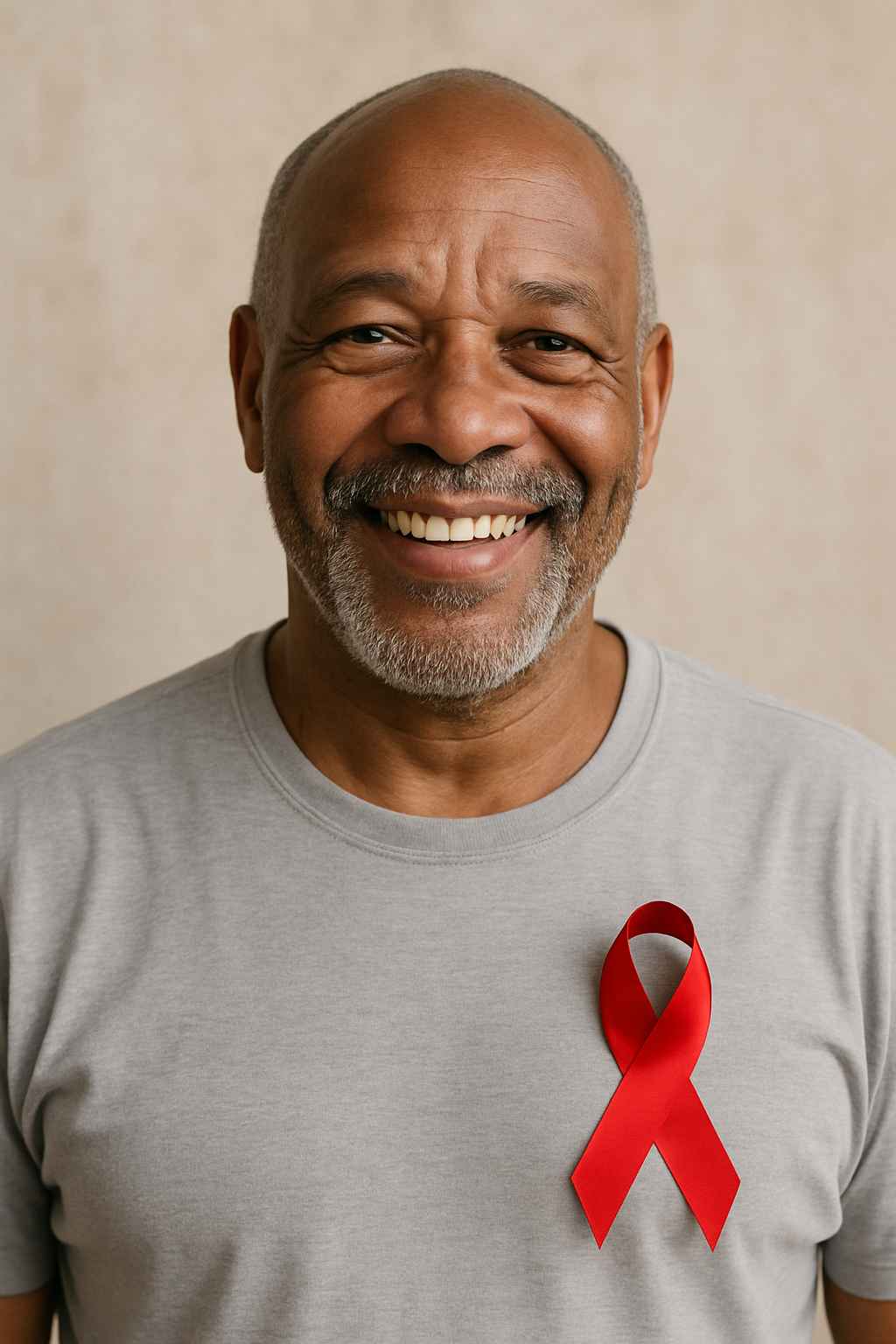Living with HIV in 2025 no longer carries the grim prognosis it once did. Thanks to decades of medical breakthroughs, many people diagnosed today can expect long, healthy lives—provided they stay on consistent antiretroviral therapy (ART). Yet for millions, access to affordable HIV drug treatment remains a challenge. Between rising healthcare costs and limited insurance coverage, the price of staying healthy can feel out of reach.
But it doesn’t have to be. Whether you’re newly diagnosed or navigating long-term care, there are more affordable HIV drug treatment options than ever. From low-cost generics and government subsidies to nonprofit resources, the key is knowing where to look—and how to advocate for the support you deserve.
Table of Contents
- Why HIV Drug Prices Remain High
- Generic and Low-Cost HIV Medications
- Financial Assistance and Support Programs
- Where to Find Affordable Care
- When to Talk to Your Provider About Costs
Why HIV Drug Prices Remain High
Despite the availability of effective treatment, the cost of managing HIV can still be a financial burden. Brand-name medications like Biktarvy, Genvoya, and Dovato—though highly effective—can cost over $3,000 per month without insurance. Even with coverage, copays and deductibles add up quickly.
Why the high price? Part of the issue lies in patent protections and lack of market competition. Some antiretroviral drugs are newer, which means generic versions aren’t yet available. Additionally, the pharmaceutical market in the U.S. allows companies to set list prices with minimal regulation.
Fortunately, a growing number of affordable HIV drug treatment alternatives are becoming available as patents expire and pressure mounts to make care accessible for all.
Generic and Low-Cost HIV Medications
Generic medications are one of the most effective ways to reduce costs while maintaining treatment quality. These drugs contain the same active ingredients and meet the same standards as brand-name versions but are significantly cheaper.
Commonly prescribed generic antiretrovirals include:
- Tenofovir disoproxil fumarate (TDF) + emtricitabine (FTC) – generic version of Truvada
- Efavirenz, TDF, and FTC – generic version of Atripla
- Zidovudine (AZT) – one of the oldest but still effective generics in some regimens
These medications may cost hundreds less per month. Some pharmacies, especially online or wholesale options, offer additional discounts when paying out of pocket.
When switching to generics, consult your provider to ensure therapeutic equivalence. Not every combination is suitable for every individual, especially if resistance or side effects are a concern.
Financial Assistance and Support Programs
For those without comprehensive insurance, there are several options that can significantly reduce the cost of HIV medications:
1. AIDS Drug Assistance Programs (ADAP)
Available in every U.S. state, ADAP provides low-cost or free HIV medication to eligible individuals based on income. Administered through Ryan White HIV/AIDS Program funding, ADAP also supports lab tests and some outpatient services.
2. Pharmaceutical Assistance Programs
Many drug manufacturers offer financial aid:
- Gilead Advancing Access: Assists with Biktarvy, Descovy, and Truvada
- ViiV Healthcare’s Patient Assistance Program: Covers Dovato, Juluca, and others
- Merck Helps: Includes Isentress and other treatments
Applications typically require proof of income and uninsured or underinsured status. Turnaround time for approval is often under two weeks.
3. Nonprofit and Community Resources
Organizations like the National Alliance of State and Territorial AIDS Directors (NASTAD) and TheBody.com maintain updated lists of local clinics and resources.
For personalized help, sites like Healthcare.pro can connect users to care coordinators and case managers who assist with benefits enrollment.
Where to Find Affordable Care
Beyond medication, the cost of labs, provider visits, and case management also matters. The good news is there are numerous places to seek low-cost or free care:
1. Federally Qualified Health Centers (FQHCs)
These community health clinics offer services on a sliding scale based on income. Many specialize in LGBTQ+ care and HIV treatment.
2. Ryan White HIV/AIDS Program Clinics
Ryan White–funded providers are located across the country. They serve uninsured and underinsured people with HIV, offering comprehensive care regardless of ability to pay.
3. Online Pharmacies and Discount Cards
Trusted online providers like Mark Cuban Cost Plus Drug Company or Blink Health can drastically cut prescription costs. Generic ARTs are increasingly available through these channels.
Also consider prescription savings programs like GoodRx or SingleCare, though these may not be compatible with insurance.
When to Talk to Your Provider About Costs
Cost is a common barrier—but one that’s often hidden. Many people feel uncomfortable discussing financial limitations with healthcare providers. But if cost is impacting your ability to stay adherent, it’s crucial to speak up.
Your doctor or clinic staff can:
- Prescribe cost-effective alternatives (including generics)
- Refer you to an HIV case manager
- Connect you to co-pay assistance programs
- Enroll you in ADAP or local nonprofit services
Remember: staying on a consistent regimen is more important than sticking to a specific brand. Treatment interruptions can lead to viral resistance and limit future options.
If you’re unsure how to approach the topic, consider writing down your questions or bringing a trusted friend to your appointment.
Conclusion
The path to affordable HIV drug treatment has never been more accessible—but it still requires informed navigation. From generics and assistance programs to Ryan White clinics and nonprofit support, multiple safety nets exist to help people living with HIV afford lifesaving care.
The most important takeaway? You are not alone—and you do not have to choose between your health and your finances.
For more articles on HIV care, affordability, and access, visit AIDS.org.
FAQs
What is the cheapest HIV drug available today?
Generic formulations like tenofovir disoproxil fumarate (TDF) with emtricitabine (FTC) are among the most affordable, especially when purchased through ADAP or online generic pharmacies.
Can I get HIV treatment if I’m uninsured?
Yes. Programs like ADAP and Ryan White clinics provide free or low-cost care to uninsured individuals. Local nonprofits and case managers can help with enrollment.
Is generic HIV medication as effective as brand-name drugs?
Yes. Generic antiretrovirals approved by the FDA are bioequivalent to brand-name versions and meet the same safety and efficacy standards.
How do I apply for financial assistance for HIV drugs?
Start with your local ADAP program or ask your clinic about pharmaceutical assistance programs. Most applications require proof of income and residency.
Where can I find a provider who understands affordable HIV care?
Sites like Healthcare.pro and local health departments can help connect you with providers experienced in managing HIV on a budget.
Disclaimer:
This content is not medical advice. For any health issues, always consult a healthcare professional. In an emergency, call 911 or your local emergency services.



